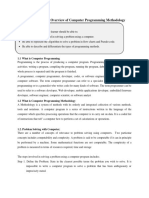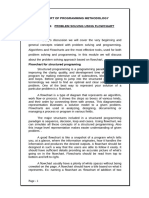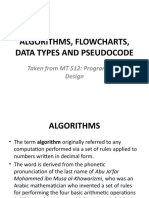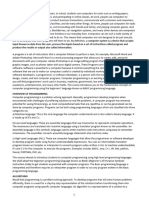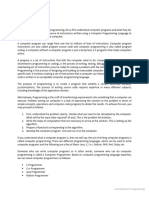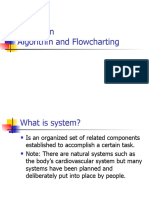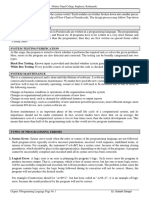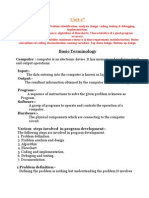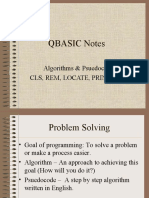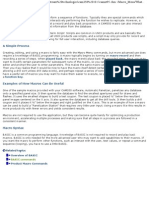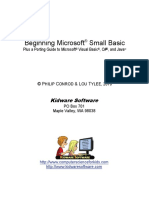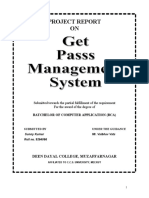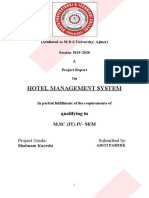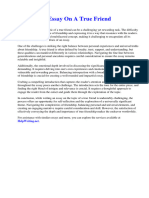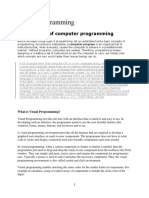0% found this document useful (0 votes)
45 views30 pagesSs 2 Lesson Note Week 1-5
This document outlines a Data Processing lesson plan for SS 2 students, covering topics such as Program Development, Algorithms, Flowcharts, and Basic Computer Programming. It includes definitions, characteristics, precautions, stages of program development, and examples of algorithms and BASIC programming language features. The plan also includes practical coding exercises and project work for students.
Uploaded by
omoruyisuccess720Copyright
© © All Rights Reserved
We take content rights seriously. If you suspect this is your content, claim it here.
Available Formats
Download as PDF, TXT or read online on Scribd
0% found this document useful (0 votes)
45 views30 pagesSs 2 Lesson Note Week 1-5
This document outlines a Data Processing lesson plan for SS 2 students, covering topics such as Program Development, Algorithms, Flowcharts, and Basic Computer Programming. It includes definitions, characteristics, precautions, stages of program development, and examples of algorithms and BASIC programming language features. The plan also includes practical coding exercises and project work for students.
Uploaded by
omoruyisuccess720Copyright
© © All Rights Reserved
We take content rights seriously. If you suspect this is your content, claim it here.
Available Formats
Download as PDF, TXT or read online on Scribd
/ 30







